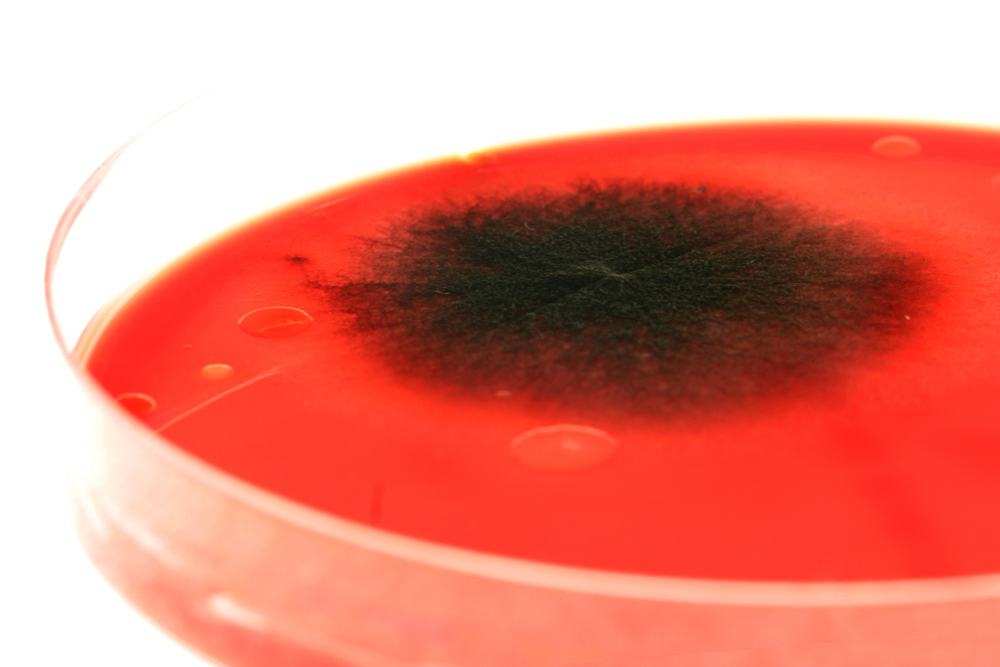UGA scientists Identify Protein With Implications In Neurodegenerative Diseases, Alzheimer’s

In a newly published paper in Genes & Development journal entitled “Myxococcus CsgA, Drosophila Sniffer, and human HSD10 are cardiolipin phospholipases“, researchers from University of Georgia suggest that a soil bacterium protein named HSD10 reduces oxidative stress, stimulates repair of nerve cells and contributes to slow down progression of neurodegenerative diseases, including Alzheimer’s.
Neurodegenerative disorders are characterized by progressive loss of structure and function of neurons which ultimately leads to the death of nerve cells. It is believed that the greatest risk factor for neurodegeneration relies on aging, which mainly occurs as a consequence of oxidative stress (damage of biological systems by reactive oxygen species) and cellular DNA mutations.
A number of disorders are known to be the result of neurodegenerative processes including Huntington’s, Parkinson’s, Alzheimer’s, and amyotrophic lateral sclerosis (ALS). Though each specific neurodegenerative condition has its own particular symptoms like severe memory loss in Alzheimer’s and movement disorder in Parkinson’s disease, disruptions in emotional, cognitive, and social behavior are common in all neurodegenerative conditions. As science progresses, researchers realize that these malignancies have many similarities that relate to one another, and clarification of these resemblances will surely open avenues for new therapies.
Though the causes of neurodegeneration processes are not all fully understood, risk factors like genetic mutations, mitochondrial dysfunction, axonal transport, membrane damage, buildup of toxic proteins in the nervous system and loss of brain cell function, which induces neurotoxic molecules, play key roles in development of these diseases. It is generally believed that neurodegeneration is promoted by a process of programmed cell death or deliberate suicide of the nerve cell in order to protect other nearby neurons from toxic substances. However, the species involved in the process are not fully identified.
Recent insights from researchers at the University of Georgia suggest that a protein named HSD10 is able to reduce oxidative stress by promoting cell repair and prevent neuronal death. It is known that HSD10 has many versatile functions. For example within the soil, HSD10 has been demonstrated to help in degradation of phospholipid cardiolipin (lipid) into fragments that were used as energy sources. In humans, phospholipid cardiolipin constitutes part of the cell wall which surrounds and protects the energy-making machinery from oxidative stress. In this research, the scientists showed that HSD10 decomposes the highly toxic cardiolipin peroxides free radicals produced during oxidative stress. In turn, this prevents nerves cells from attacks by these radicals, keeping them alive. By contrast, if cardiolipin is damaged by oxidative stress, the resulting new cardiolipin peroxides will induce programmed cell death instead of energy production, as is the case in Alzheimer’s disease where HSD10 activity was found to be inhibited when bound to the amyloid beta peptide plaques.
“Normally, apoptosis is beneficial for regulating multi-cellular systems,” said the study’s lead author Tye Boynton, a postdoctoral research associate in the Franklin College of Arts and Sciences. “But with rampant oxidative stress leading to uncontrolled cellular death, you end up with diseases such as Alzheimer’s and Parkinson’s. HSD10 potentially prevents this by removing these damaged lipids before they have a chance to act.”
In summary, these findings demonstrate that HSD10 prevents neurodegeneration by destroying cardiolipin peroxides species and preventing them from damaging nerve cells. This rescues nerve cells from death and slows down progression of neurodegenerative diseases. In the future, these findings could help to develop novel drug strategies to treat Alzheimer’s and other neurodegenerative conditions.






